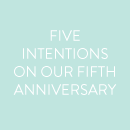16 January 2014
I loved weddings long before I started planning my own, and happily, I still love them, a year and a half later. I still consume lots of wedding inspiration daily, and in addition to the color-coded images I catalog on Pinterest to help with inspiration boards, I also still add to my “personal” wedding board. It’s the one where I stored the inspiration for our wedding when I was actively planning it, and it’s still where I keep my very favorite bits. I thought it would be fun to share a few of the pins I’ve added over the last few months — the pieces that would be inspiring my wedding today, if I still had one in front of me!

Tim Will via Southern Weddings

Jemma Keech
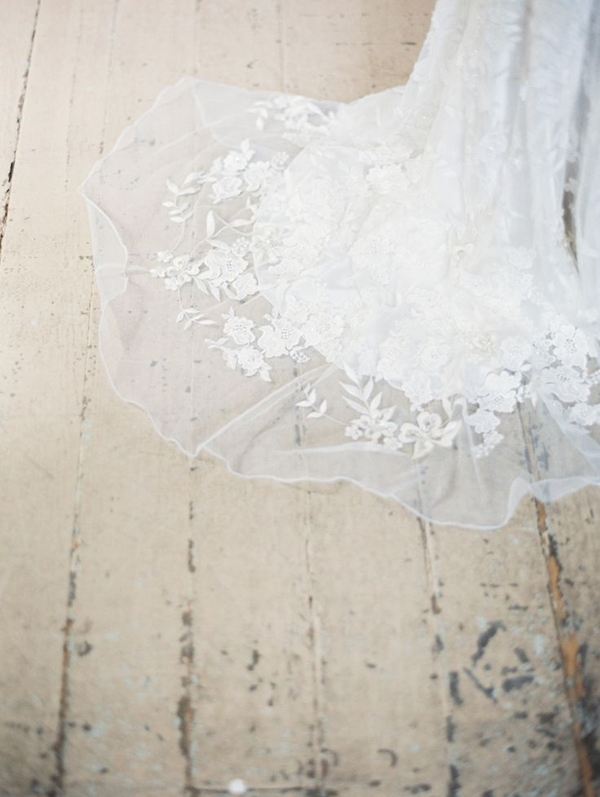
Geneoh via Style Me Pretty

Byron Loves Fawn via 100 Layer Cake

Adam Barnes via Southern Weddings

Dennis Basso via This is Glamorous

Sarah Joelle via 100 Layer Cake

Marcus Nilsson via Martha Stewart Weddings

Jose Villa

Sylvie Gil via Snippet & Ink

Elle Golden via Style Me Pretty

Byron Loves Fawn via 100 Layer Cake

Adam Barnes via Snippet & Ink

Jemma Keech
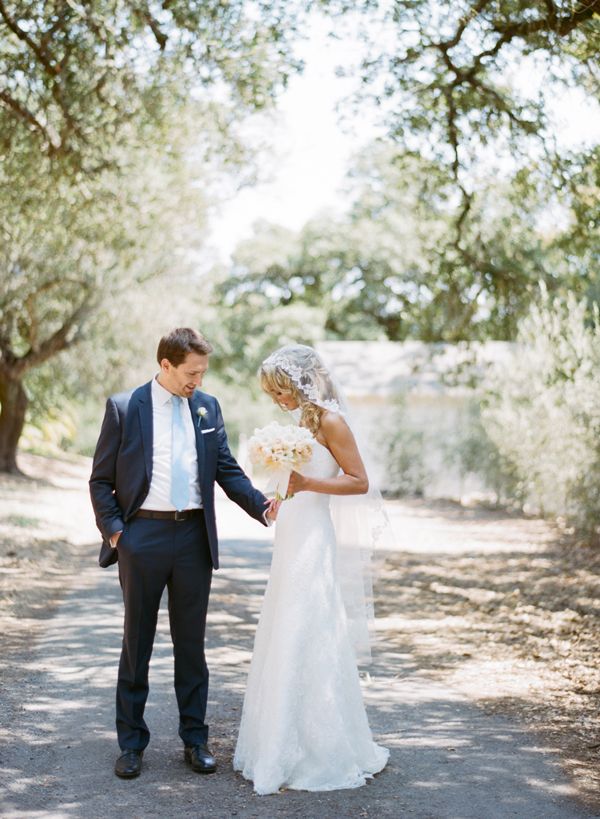
Sylvie Gil via Snippet & Ink

Josh McCullock via Southern Weddings

Sylvie Gil via Snippet & Ink
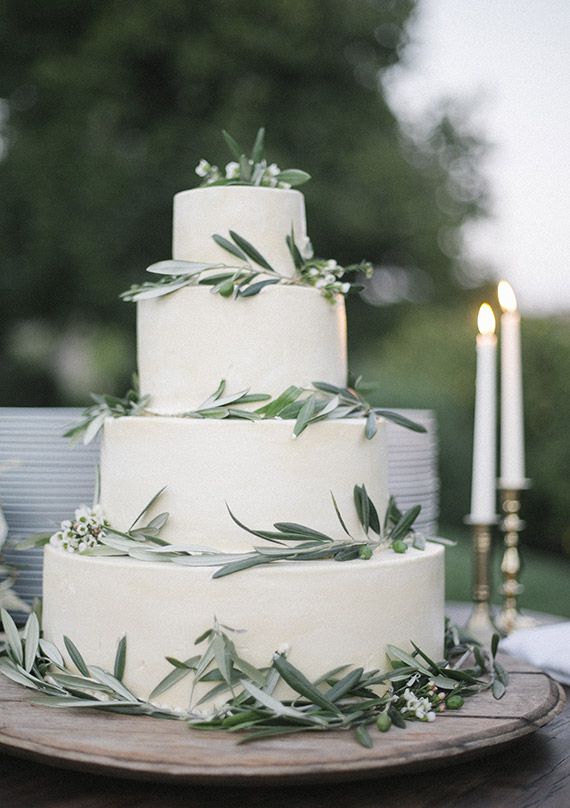
Arna Bee via 100 Layer Cake

Claire Morgan

Jodie Chapman via 100 Layer Cake
So to summarize, I like all things classic and romantic, and I like tulle. A lot. Also, little sleeves. It’s fun to see how many echoes of our actual wedding there are in this post!
How would you describe your wedding style? What are you drawn to over and over?
P.S. Taken as a whole, this wedding is by far one of my favorites I’ve seen in a while. Exactly my style!
9 January 2014
Hi friends! Thank you so much for your thoughtful comments on my last post! I loved reading them!
Going back a few more posts, I had mentioned that I was considering DIY-ing this Sugar Paper note card set. And I did! It ended up turning out very well (if I do say so myself!), so I thought I’d share it here.

Supplies needed: white cards (I used A2), colored envelopes (my favorites are from Paper Presentation), metallic gold craft paint, a 12″ bamboo skewer, a small paint brush, something to hold your paint, and an old magazine
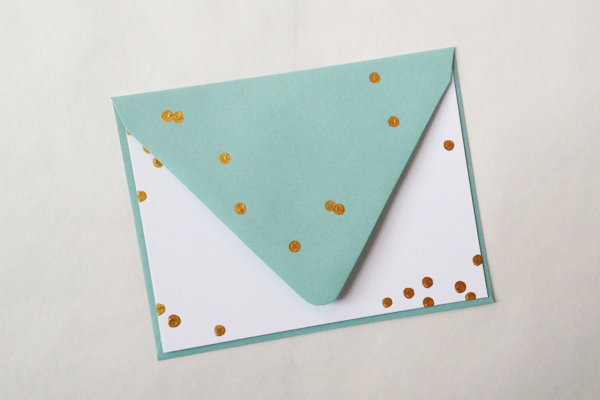
There are really no instructions for this project — you’re just making dots, however you think looks best! But I do have two very helpful hints. The first: I like the look of dots going off the card, but if you do so, you’re depositing paint on your work surface with every card, which can make finding a clean place for your next card difficult. My solution: use an old magazine you’re ready to recycle! You can turn the page after every card so you have a clean surface for each one without using an excessive amount of paper.
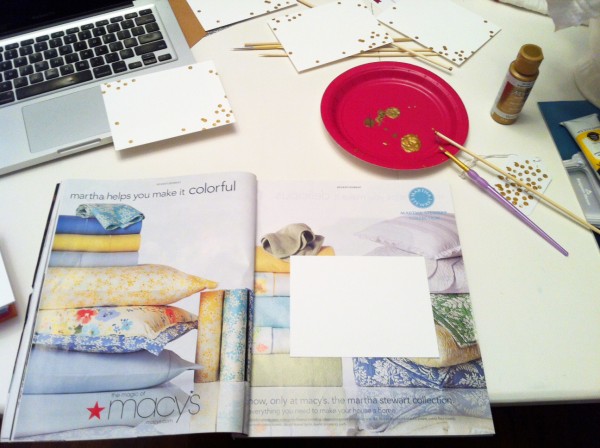
Second tip: When you use the base of the skewer to deposit the dots, it leaves a tiny peak. I wanted a cleaner look, so I went back over each dot with a small paintbrush to pick up some of the extra paint and smooth things out. It sounds fastidious, but only took a few seconds for each card! Before and after below.
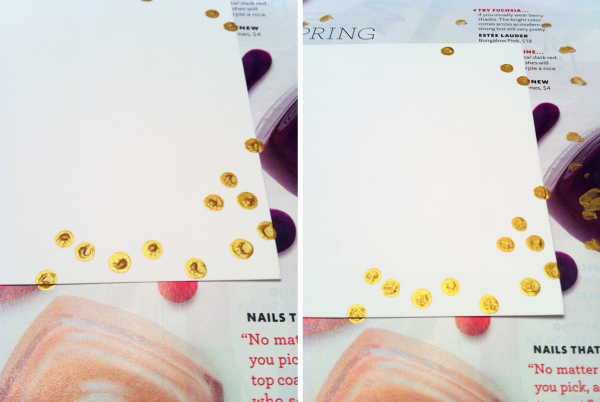
And that’s it! I tied sets of six with satin ribbon for gifting after letting them dry overnight. They may not be letterpress like Sugar Paper’s, but I think they’re pretty fun!
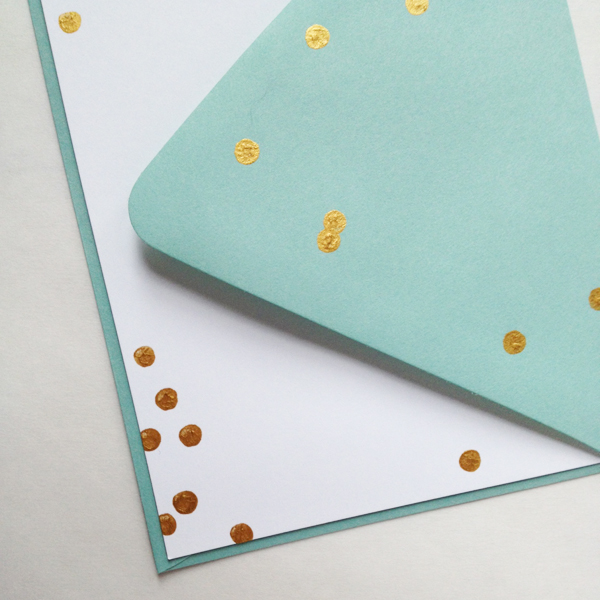

DIY projects don’t always turn out that professional-looking, which can make them hard to give as gifts, but I think this stationery is the perfect candidate. Tuck this one away until next December, or make a set for yourself! :)
6 January 2014
I mentioned in my 2013 recap post that we had recently ticked off the major financial goal of paying off my student loans. HOORAY! I received a few emails asking questions about how we did this, so I thought it would be a perfect topic for our first Marvelous Money post of the new year!
Let me make the requisite disclaimer here that this is simply me sharing my experience. I’m also assuming that you’re starting from a place of paying all of your bills on time. Debt can be complicated and scary, so if you’re in over your head, I would highly recommend seeking the advice of a financial professional.
I wanted to start by briefly addressing why paying off debt is a worthy goal. With it being the New Year, a lot of people are talking about this right now (which is awesome!), but if paying off debt is just something that sounds good, it’s easy to lose heart when you’re slogging through the often long and tedious process. There’s power in understanding the why. Remember that aside from reducing the amount you’ll spend in interest over your lifetime, the real goal of paying off debt is to move one step closer to financial freedom — and when you’re financially free, you have more independence, more security, and more options in almost every part of your life.
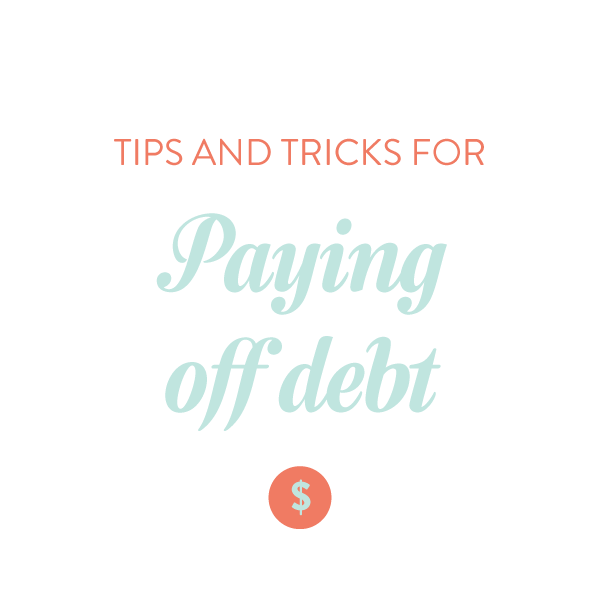
Let’s begin! I’m going to start with a little background on our situation, and then share a few techniques we’ve used over the last four years. From the beginning of 2010 (shortly after we graduated) we’ve had five financial goals. We tackled them roughly in this order, though all have been ongoing:
1. Fully funding our emergency fund
2. Fully funding our wedding contribution
3. Fully funding a house down payment
4. Paying off my student loans (3)
5. Paying off our car loans (2)
We’ve never had credit card debt. Our focus (and dollars) have shifted over time, but here’s a rough breakdown from year to year:
2010: Extra money went toward wedding and emergency funds (minimum payments on students loans, no car payments).
2011: Extra money went toward wedding and emergency funds (minimum payments on student loans and minimum payment on car loan number one, added halfway through the year). In the last two months we doubled the car payment.
2012: Completed wedding and emergency funds and transferred that monthly amount to a down payment fund. Added a new car payment but did not increase the total amount spent on cars by cutting back car payment number one to minimum (see 2011). Increased one of three student loan payments and paid off that loan by the end of the year.
2013: Completed down payment and transferred that monthly amount to student loans. Increased student loan amount again later in the year to pay both off.
2014: Transferred entire amount to car loans, which will both be paid off by May.

Aside from sticking to a budget, here are a few of the techniques we used:
Schedule payments in advance.
Sign up online for a monthly auto-debit for each of your accounts so that you’re never late with or forget a payment. Make it automatic – you won’t miss it as much as you think.
Feel the pinch.
Every time our budget expanded, we chose to allocate the extra dollars toward debt reduction. Raise at work? Going toward debt. Bonus? Going toward debt. EFM profits? Going toward debt. Sometimes in the last few years we looked at each other and were like, why do we feel poor?? But then we reminded ourselves that we were living at a lower standard of living by CHOICE. If you’re paying off debt and are not feeling the pinch in your lifestyle, you almost certainly have room to cut back and increase your payments.
Pay more than the minimum amount.
If you’re feeling the pinch you are likely already doing this, but it’s worth stating again: pay more than the regular monthly amount. Annoyingly, banks will often make this difficult to do (you might have to talk to a representative or mail in a form instead of doing it online), but persevere! After all, they don’t want you to stop paying them interest :) At times, we were paying more than twelve times the required monthly payment on certain debts using the debt snowball. Which leads us to…
Roll the snowball.
The debt snowball is simple, but it is by far the most important technique we used to pay off our debt early. The basic idea is to pay the minimum amount on all of your debts except one and then throw all of your other available resources at that one. Once that debt is paid, immediately move the payment for that debt toward another and so on until all of the debts are paid. You can follow the general outline of how we did this above. Dave Ramsey suggests starting with the debt with the smallest dollar amount and moving toward the largest dollar amount; other experts recommend starting with the debt with the highest interest rate and moving toward the lowest interest rate or considering the taxability. We used a combination of these strategies. As long as you’re working aggressively toward your goal, I don’t think you can go wrong.
Track your progress.
I kept a Google Doc spreadsheet that listed our debts, the current amount we paid per month on each, the outstanding total of each, and the month the last full payment was scheduled. Every time a payment processed, I’d go in and update the spreadsheet. It was extremely motivating to see everything shrink over time!
Two final thoughts:
1. Work with urgency, BUT.
I am all for paying down debt aggressively. However, as in almost every other area of my life, I believe that a dose of moderation is healthy. Throughout this process John and I have made decisions that not all experts would agree with, but that we are comfortable with because they were thoughtfully made. For example, we chose to save for our wedding instead of putting that extra money toward a debt payment. We also have taken several trips together over the last few years, money which could have gone toward paying a debt.
I hesitate to even include this because I don’t want it taken out of context or for anyone to think that you can be jetting to exotic locations every month (or even every year!) and still be making aggressive progress on your debt, but y’all are sophisticated people. Balancing on one hand the idea of “living like no one else so you can live like no one else” and on the other, the reality that life is uncertain and your days are not guaranteed, is difficult, but very necessary.
2. Think about what’s next — tell your money where to go.
As we approach the end of our debt snowball, we’ve been thinking about how we want to allocate that money once it’s available. We are still deciding, but we’re currently planning to use some of it to begin building up a car fund so that our next car purchase (hopefully a few years from now) will be in cash.
Once you find yourself in this position, by all means, go ahead and use some of that money for something fun! (And feel free to dream about it beforehand as motivation!) But remember you also have a great opportunity at this juncture, and the potential to build a firm foundation for your financial future — one where you speak about debt only in the past tense. You’ve already conditioned yourself (probably for several years) to live without a considerable amount of your take-home pay, and so instead of increasing your consumption, why not put some of it toward other financial goals? (Might I suggest retirement or an emergency fund?) The best part? This time, instead of paying interest, you’ll be gaining interest. And that, my friends, is pretty marvelous.
I would love to hear: Is paying off debt something you’re working toward? Where are you in the process? Are you using the debt snowball?
P.S. Want some more encouragement? My friend Nancy and her husband Will have an amazing story of paying off their house in 32 months. Read it in five parts: 1, 2, 3, 4, 5.
2 January 2014
Happy New Year, friends! I’ve finally resigned myself to the fact that I’m in the middle of recovering from a cold, which doesn’t help with the “fresh start” feeling, but we’re laying low and making the best of it. I really enjoyed looking back at 2013 a few days ago, and now it’s time to look ahead!

Y’all know I love me some goals, but let’s back up for a moment. The reason that I set goals — big goals, small goals — is to help me move closer to the person I want to be and the life I want to lead. In the past few years, I’ve used a combination of goal types in this pursuit:
Daily goals. You can see my daily goals for 2013 here and 2012 here. The basic idea is that I make a list of daily practices that I want to become habits by the end of the year. In January, February, and March, I promise myself I’ll do at least three of the practices every day. In April, May, and June, five. In July, August, and September, seven. In October, November, and December, nine. The thing I love most about this system is that it doesn’t expect me to do everything every day, or all at once. I’m able to gradually incorporate the changes into my life over a year, and if I slip up a few times, that’s okay. I use this to track my daily progress. I prefer this type of system/habit building to setting one-off goals because it shifts the focus from checking things off and moving on to moving forward in a sustainable way.
Monthly goals. See here or here for examples. John thinks these are more similar to “to do” lists rather than lists of goals, but it doesn’t really matter to me what they’re called as long as they work :) My monthly goals are where I break down larger goals into manageable chunks, or force myself to take action on something I’ve been procrastinating, or hold myself accountable for everyday adventures. They’re also a great source of community, as many of my friends post them, too!
Long-term goals. For the last six or so years I’ve worked on 101 in 1001 lists (first and second). This format has worked well for me, and I still like it very much. I like having some sort of list to keep track of experiences I want to have and things I want to learn or accomplish, but a year is too short of a timeline for me and a life or bucket list is too long. My last 101 list ended in September; this time around, I’ve decided to make a “Before 30” list (of an as-yet undetermined number!) that will debut in February on my 27th birthday.
For 2014, my daily habits are:
1. Make our bed in the morning.
2. Go out of my way to encourage someone.
3. Eat a power food.
4. Drink one extra tumbler of water.
5. Take a midday break — a walk around the block, lunch outside instead of at my desk, etc.
6. Do some sort of cardio exercise.
7. Leave a clean sink at the end of the day.
8. Do 10 push-ups before bed.
9. Write a verse from reading + prayer in journal.
10. Lights out by 11pm.
And for January, my monthly goals are:
— Make toffee (bought all the ingredients, but never got around to it!)
— Install our new kitchen pendant lights (Christmas gift! First time doing electrical work!!)
— Write another Marvelous Money post
— Deep clean our refrigerator
— Donate our miscellaneous technology to Kramden
How do you set goals? What do you have on tap for this month or this year? (If you’ve written a post about it, feel free to leave the link below, because I’d love to take a look!)










































